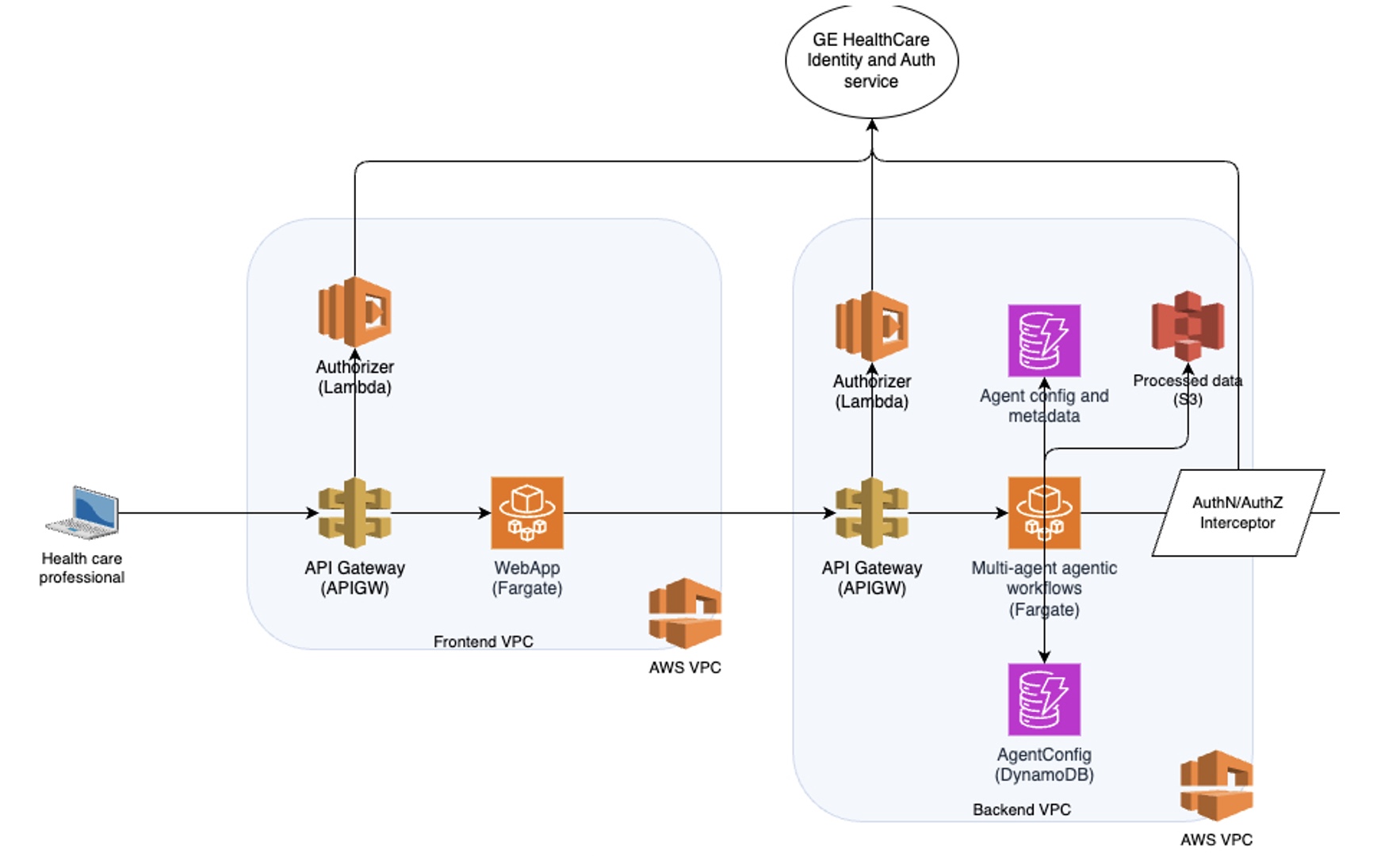Building Production-Ready AI Agents with Scalable Long-Term Memory: Techniques, Benefits, and Future Insights


Building Production-Ready AI Agents with Scalable Long-Term Memory: A Game-Changing Evolution
Estimated reading time: 7 minutes
Key Takeaways
- Scalable long-term memory is revolutionizing AI agents.
- Traditional LLMs struggle with long-term context retention.
- Mem0 architecture offers significant improvements in AI memory systems.
- Implementing long-term memory enhances performance and user experience.
- Future AI applications will benefit across various domains.
Table of Contents
- The Current Memory Challenge
- The Memory Revolution: Understanding Different Types
- Breakthrough Solutions: The Mem0 Architecture
- Implementation Strategies for Production
- Conclusion
The Current Memory Challenge
Today's large language models (LLMs) face a significant limitation: they struggle to maintain coherent, contextual conversations beyond their immediate context windows. Imagine trying to have a meaningful long-term relationship with someone who can only remember the last few minutes of your conversation. That's essentially the challenge AI faces without proper long-term memory implementation.
Traditional approaches to this problem, such as simply increasing context windows, quickly become impractical in production environments. The computational costs skyrocket, performance slows to a crawl, and scalability becomes a distant dream.
The Memory Revolution: Understanding Different Types
To build truly production-ready AI agents, we need to understand the different types of memory systems that can be implemented:
- Short-Term Memory
- Functions like a temporary workspace
- Holds immediate conversation context
- Limited by the model's input context
- Long-Term Memory
- Procedural Memory: The 'how-to' knowledge base
- Episodic Memory: Past experiences and interactions
- Semantic Memory: General facts and conceptual understanding

Breakthrough Solutions: The Mem0 Architecture
One of the most promising developments in this space is the Mem0 architecture, which represents a significant leap forward in AI memory systems. This innovative approach has demonstrated remarkable improvements over existing solutions:
- 26% higher accuracy in responses compared to OpenAI's memory systems
- 91% reduction in latency
- 90% decrease in token usage
What makes Mem0 particularly revolutionary is its intelligent approach to memory management. Instead of storing everything indiscriminately, it selectively captures and retains essential information. Think of it as the difference between recording every second of your life versus keeping a well-organized diary of significant moments and insights.
Implementation Strategies for Production
When implementing long-term memory in production environments, several proven patterns have emerged:
- Retrieval-Augmented Generation (RAG)This has become the go-to approach for many production systems. RAG works by:
- Storing conversation history and knowledge in external databases
- Dynamically retrieving relevant information as needed
- Seamlessly integrating this information into new responses
- Graph-Based Memory SystemsThese advanced systems excel at:
- Tracking complex relationships between different pieces of information
- Maintaining user preferences over time
- Creating more coherent, context-aware responses
- Selective Memory ConsolidationThis approach focuses on:
- Extracting and storing only high-value information
- Summarizing lengthy conversations into key points
- Maintaining memory relevance without bloat
Conclusion
Building production-ready AI agents with scalable long-term memory represents a crucial evolution in artificial intelligence. With architectures like Mem0 showing impressive results and continued advancements in memory management techniques, we're moving closer to AI systems that can truly maintain meaningful, long-term interactions with users.
The future of AI isn't just about processing power or model size—it's about creating systems that can learn, remember, and grow through sustained interaction. As we continue to refine these memory architectures, we're not just building better AI agents; we're creating more reliable, trustworthy, and genuinely helpful artificial intelligence systems that can serve as long-term partners in various domains.


